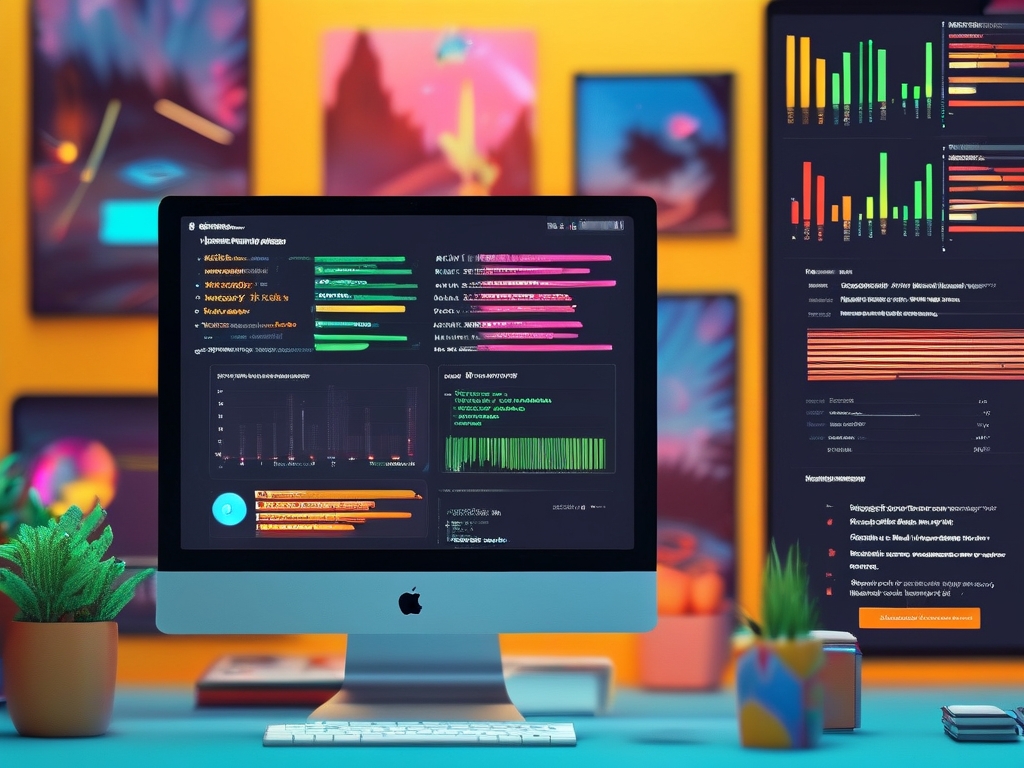In modern software development and system administration, memory management remains a cornerstone of application performance. However, a persistent and often overlooked challenge arises when application management tools fail to display accurate memory usage data. This issue, colloquially termed "invisible memory," can lead to performance bottlenecks, unexpected crashes, and inefficient resource allocation. This article explores the root causes of this phenomenon, its implications, and actionable strategies to address it.
1. The Illusion of Control: Why Memory Metrics Go Missing
Application management platforms—whether open-source tools like Prometheus or enterprise solutions like Dynatrace—rely on system-level APIs and instrumentation to gather memory usage data. When these tools "can’t see" memory, the problem often stems from one of the following:
- Kernel-Level Restrictions: Modern operating systems, particularly in containerized environments (e.g., Kubernetes), may isolate memory metrics to prevent interference between processes. For example, cgroups in Linux limit visibility into memory consumption for individual containers.
- Third-Party Application Obfuscation: Proprietary software or legacy systems sometimes deliberately obscure memory usage to protect intellectual property or avoid scrutiny, leaving administrators in the dark.
- Virtual Memory Complexity: Applications relying heavily on virtual memory or swap space may report misleading metrics, as traditional tools struggle to differentiate between physical and virtual memory allocation.
A 2022 study by Gartner highlighted that 43% of enterprises face "partial or complete blindness" in monitoring cloud-native application memory, costing an average of $2.6 million annually in downtime and troubleshooting.
2. The Ripple Effects of Invisible Memory
When memory usage data is unavailable or inaccurate, the consequences extend beyond technical hiccups:

- Performance Degradation: Undetected memory leaks can silently drain resources, slowing down critical services.
- Security Risks: Malware or poorly coded scripts exploiting unmonitored memory regions may evade detection.
- Cost Overruns: Overprovisioning resources "just in case" becomes a default strategy, inflating cloud infrastructure bills.
For instance, a financial services company recently traced a 12-hour outage to a Java microservice whose garbage collector logs falsely reported stable memory usage, while actual heap consumption had spiked unnoticed.

3. Bridging the Visibility Gap: Technical Solutions
To reclaim control, teams can adopt a multi-layered approach:
A. Kernel and OS-Level Adjustments
- Enhance cgroup Metrics: In Linux, tools like
cAdvisororsysstatcan expose container-specific memory stats by diving deeper into cgroup hierarchies. - Enable Detailed Profiling: Windows administrators can use ETW (Event Tracing for Windows) to capture granular memory allocation events.
B. Application Instrumentation
- Embedded Telemetry: Integrate memory profiling libraries (e.g.,
jemallocfor C/C++,Py-Spyfor Python) directly into applications. - APM Agent Customization: Extend agents like New Relic or AppDynamics to intercept low-level memory calls bypassing standard APIs.
C. Hybrid Monitoring Architectures
Combining eBPF (Extended Berkeley Packet Filter) with machine learning models has emerged as a cutting-edge solution. eBPF allows safe, low-overhead tracing of kernel functions, while ML algorithms correlate disparate data points to predict hidden memory patterns.
4. Case Study: Fixing Memory Blindness in a SaaS Platform
A mid-sized SaaS provider struggled with unexplained latency in its analytics engine. Traditional APM tools showed "normal" memory usage, but users complained of slow queries. The team deployed eBPF-based observability, revealing that a caching library was hoarding 8 GB of RAM outside the JVM’s tracked heap. By migrating to a memory-aware caching solution, latency dropped by 68%.
5. Future Trends: Toward Transparent Memory Management
The industry is shifting toward standardization:
- OpenTelemetry’s Memory Metrics SDK: A vendor-agnostic effort to unify memory telemetry across languages.
- Hardware-Assisted Profiling: Intel’s PMU (Performance Monitoring Unit) and AMD’s Profiler now offer CPU-level insights into memory access patterns.
The inability of application management tools to "see" memory is not an unsolvable mystery but a call to adopt deeper instrumentation and modern observability practices. By combining kernel-level tweaks, application-layer profiling, and emerging technologies like eBPF, organizations can turn invisible memory into a visible, manageable asset—ensuring smoother operations and cost-efficient resource use.

